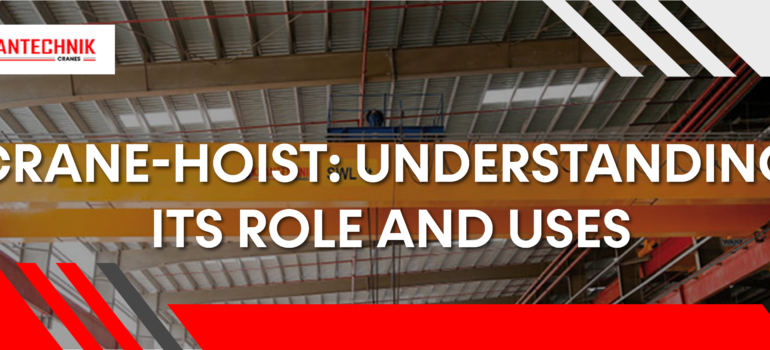Mobile crane vs fixed crane which one to choose
Choosing the right crane for your project is crucial to ensuring efficiency, safety, and cost-effectiveness. The two primary categories of cranes—mobile cranes and fixed cranes—each have their advantages and limitations. The right choice depends on several factors, including project type, lifting capacity, site conditions, and budget.
In this guide, we’ll break down the differences between mobile and fixed cranes, their pros and cons, and how to determine which one suits your needs best.







